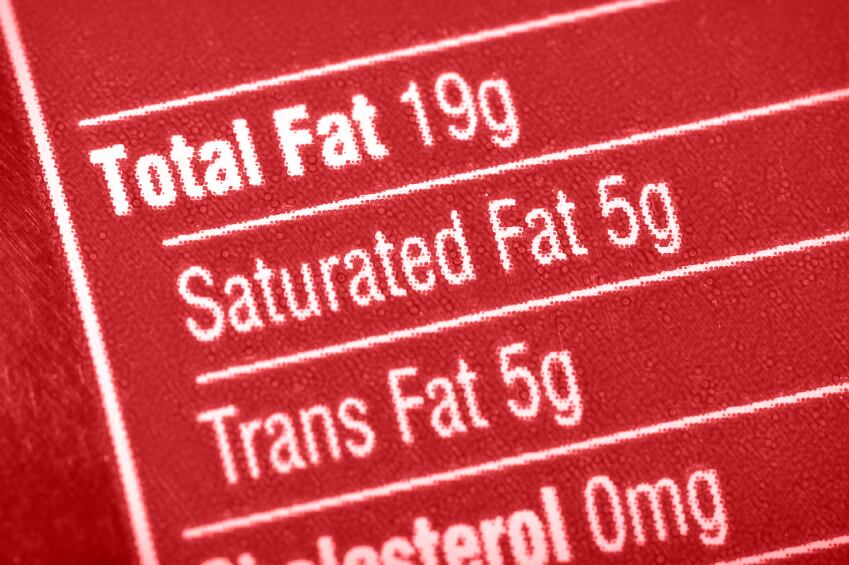“The storm clouds have been brewing over fructose for some time now, and the days when ‘fructose’ sounded better and more natural on a label than ‘glucose’ or simply ‘sugar’ are fast coming to an end,” Euromonitor International analyst Simone Baroke wrote in a blog post.
While not a bullet-proof parallel with trans fatty acids (TFAs), she told us manufacturers should take heed of a similar clean label backlash against fructose, and public health bodies of similar mixed messages on healthy consumption.
“We ask the question which many industry watchers must be pondering right now, namely whether fructose is destined to share the fate of trans fatty acids (TFAs), whose near-elimination from the human food supply is a very much a work in progress.”
Two falls from grace?
In 2013 the following European Food Safety Authority (EFSA)- authorised health claim passed into EU law: “Consumption of foods containing fructose leads to a lower blood glucose rise compared to foods containing sucrose or glucose.” The claim applied to products where at least 30% sucrose or glucose was replaced with fructose.
The claim was met with scepticism from the likes of the European Heart Network (EHN), which said it could “seduce” people into higher energy intakes through fructose.
Both fructose and trans fats occur naturally in our food supply and therefore could not and should not be fully eliminated. They do not pose a risk to health when consumed in this way without excess.
Fructose, or fruit sugar, is found naturally in fruit and vegetables. Trans fats occur in meat and dairy foods in small quantities. When manufactured for use in products like margarine they are a result of a partial hydrogenation process.
Studies suggesting negative health impacts of fructose - more harmful than sugar; a key driver of type 2 diabetes; greater weight gain than glucose – have littered the headlines in recent years.
Meanwhile public health campaigners like Action on Sugar have urged consumers to eat fruit not drink fruit juices, which it said often contained added sugars including added fructose and did not contain the fibre needed to ‘buffer’ the natural fructose content.
All this, said Baroke, was reminiscent of trans fats’ fall from grace.
The hydrogenation process of fats – turning liquid vegetable oils into solid or semi-solid fats – was hailed as a public health victory at the time of its invention as a way of replacing artery-clogging saturated animal fats with vegetable oils and fats.
It was only later that it was discovered that partial hydrogenation produced trans fats, even more harmful than saturated fats and shown to be harmful to cardiovascular health.

In Europe partially hydrogenated oils as food ingredients are banned in Denmark and Switzerland while other countries like Iceland and Austria have imposed limits.
In June this year, the US Food and Drug Administration (FDA) officially said trans fats were ‘not generally recognised as safe [GRAS]’, with manufacturers given three years to remove partially hydrogenated oils from products.
Baroke said trans fats were “definitely on their way out”, while scientific evidence around fructose was “less than solid” meaning regulatory movement was unlikely at least for the moment.
“However, governments are worried about chronic disease and soaring health care costs, and investigations into the matter are only going to gather pace. Should a feasible link emerge in the next three to five years, legal requirements aimed at reducing fructose in the food supply are probably at least a decade off, but the day when fructose will have to disappear from ‘clean labels’ is coming into view already."
Drop in use
She added: “Manufacturers of health and wellness products, in particular, need to take this into consideration where their new product development is concerned, and think about reformulation of their existing product portfolios as soon as possible.”
Movement on this has already been seen. Volumes for fructose dropped by 8% between 2009 and 2014 in North America, 9% in Australasia and 19% in Western Europe, according to Euromonitor data on packages food and drink formulations.
Only Asia Pacific, Latin America and Middle East and Africa saw growth.
This decline was seen dramatically for high fructose corn syrup in North America, which shrank by 17%. Baroke said high fructose corn syrup – traditionally popular in the US due to government-subsidised low prices - no longer had a place on clean labels, despite being similar to sugar in its proportions of fructose and glucose.
“With fructose slowly but steadily veering into disrepute on the chronic disease front, it might soon go the same way.”
